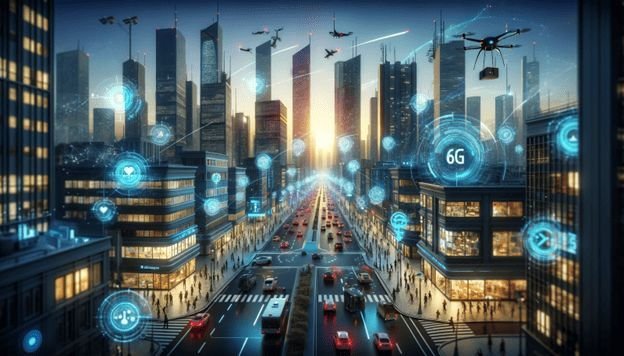Understanding Information Technology: A Comprehensive Guide
Understanding Information Technology:
A Comprehensive Guide
Information Technology (IT) is a cornerstone of the modern world, revolutionizing how we communicate, work, and live. This article, crafted by an SEO content writer expert, aims to provide a clear and insightful overview of what Information Technology encompasses, ensuring it is informative and accessible to all readers.
Table of Contents
1. **What is Information Technology?**
2. **Key Components of Information Technology**
3. **Importance of Information Technology**
4. **Pros and Cons of Information Technology**
5. **Conclusion**
6. **FAQs**
1. What is Information Technology?
Information Technology refers to the use of computers, networks, software, and other digital tools to manage and process information. It involves the storage, retrieval, transmission, and protection of data, facilitating efficient communication and operations across various sectors.
2. Key Components of Information Technology
Information Technology comprises:
– **Hardware**: Physical components such as computers, servers, and networking devices.
– **Software**: Programs and applications that enable specific tasks and functions.
– **Networks**: Infrastructure that connects devices and allows data exchange.
– **Data**: Information stored in digital form, crucial for decision-making and analysis.
3. Importance of Information Technology
Information Technology plays a pivotal role in:
– **Business**: Enhancing productivity through automation and digital solutions.
– **Communication**: Enabling instant global connectivity via email, video conferencing, and social media.
– **Education**: Providing online learning platforms and resources for students and educators.
– **Healthcare**: Improving patient care through electronic health records (EHRs) and telemedicine.
4. Pros and Cons of Information Technology
**Pros:**
– **Efficiency**: Streamlining processes and reducing manual effort.
– **Innovation**: Driving technological advancements and new business models.
– **Global Connectivity**: Bridging geographical barriers and fostering collaboration.
**Cons:**
– **Security Risks**: Vulnerabilities to cyber threats and data breaches.
– **Digital Divide**: Disparities in access to technology and digital skills.
– **Dependency**: Reliance on technology leading to potential disruptions.
5. Conclusion
Information Technology is integral to the digital age, shaping how we work, communicate, and solve problems. Embracing its capabilities while addressing its challenges is key to harnessing its full potential for future advancements.
6. FAQs
**Q:** What careers are available in Information Technology?
**A:** IT offers diverse career paths such as software development, cybersecurity, data analysis, and network administration.
**Q:** How can businesses benefit from Information Technology?
**A:** Businesses can improve efficiency, reach a wider audience, and innovate their products and services through IT solutions.













Post Comment